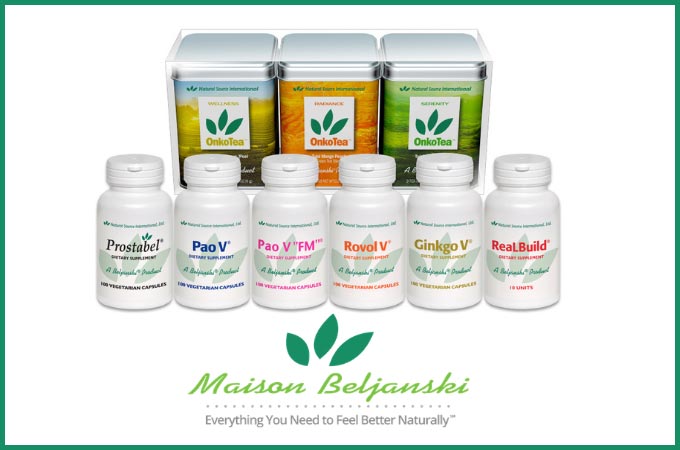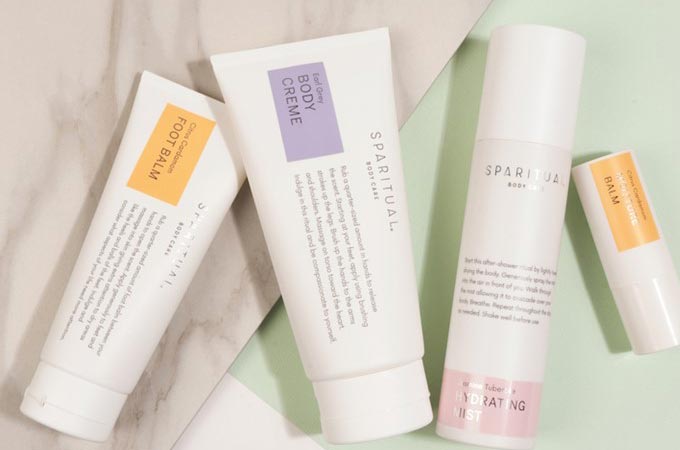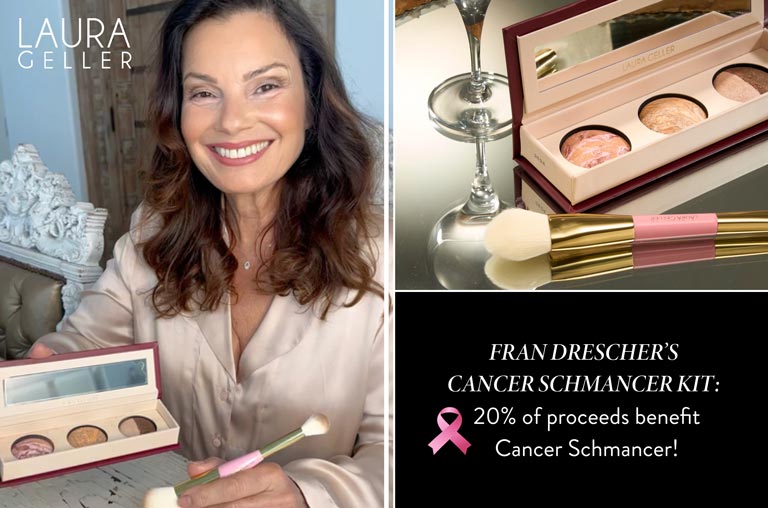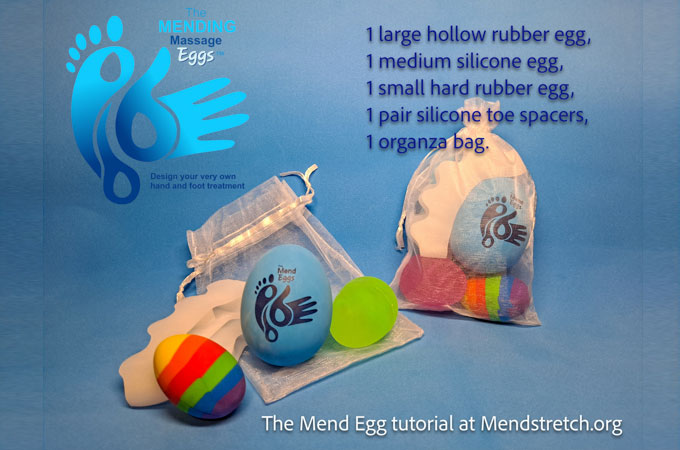Are parabens and phthalates harmful in makeup and lotions?
Should you worry about the chemicals in your makeup, lotion, shaving cream, soap and shampoo? The answer is a clear maybe.
Why maybe? That’s because some critics suspect that chemicals such as phthalates and parabens can interfere with the body’s hormones, most notably reproductive hormones such as estrogen and testosterone. The possible health risks could include chronic diseases, cancers and a host of developmental disorders and fertility problems.
Manufacturers use phthalates to help dissolve other ingredients into a consistent solution, to make nail polishes less brittle and to keep hair spray from making hair too stiff. Parabens in personal care products act as preservatives and antimicrobials. The chemicals are not regulated in consumer products, in large part because the Food and Drug Administration says there’s no evidence that current exposures are a health hazard.
Indeed, the science of endocrine-disrupting chemicals is fraught with uncertainty. Sometimes exposure — how much and for how long — is under question; sometimes the health effects in humans are not clear for compounds that have been studied in animals and cell culture.
Here’s what’s certain: Phthalates and parabens are not inert substances: They have biological activity. In animal studies, for instance, some phthalates act to counter male hormones and disrupt development of male sex organs. Both phthalates and parabens act on estrogen pathways, which in humans have been associated with such varied effects as decreased sperm count, endometriosis and insulin resistance.
Also, there’s no question that most Americans are regularly exposed to these chemicals. Large-scale monitoring studies show that phthalates, parabens and the chemicals created by their metabolism are present in the urine of nearly everyone tested, according to the Centers for Disease Control and Prevention.
Here’s what’s not certain: the level of chemical exposure that might pose a risk to human health and whether even the highest exposures measured in people are a problem.
Scientists continue to study the effects of these endocrine disruptors and have investigated possible links to miscarriage, premature birth, birth defects, deficient sperm, obesity, metabolic disease, bone density and breast cancer. But how much exposure might lead to these health risks simply isn’t known, and scientists cannot ethically conduct tests to directly show such effects.
“We just don’t do these experiments in people,” says Julia Brody, executive director of the Silent Spring Institute, a nonprofit research organization in Newton, Mass. “Therefore, we have to consider animal and cell-culture evidence.”
That leaves a lot of room for doubt. How much exposure is bad for you? Which chemicals — if you could avoid them — would be best to avoid?
Here’s another thing that’s not certain: which chemicals are in any particular personal care product. Yes, there are ingredients labels, but they’re not very helpful in avoiding phthalates and parabens. That’s because both terms encompass a class of chemicals containing many different compounds. Even to label-reading consumers, some compounds may not be recognizable as a phthalates or parabens.
























